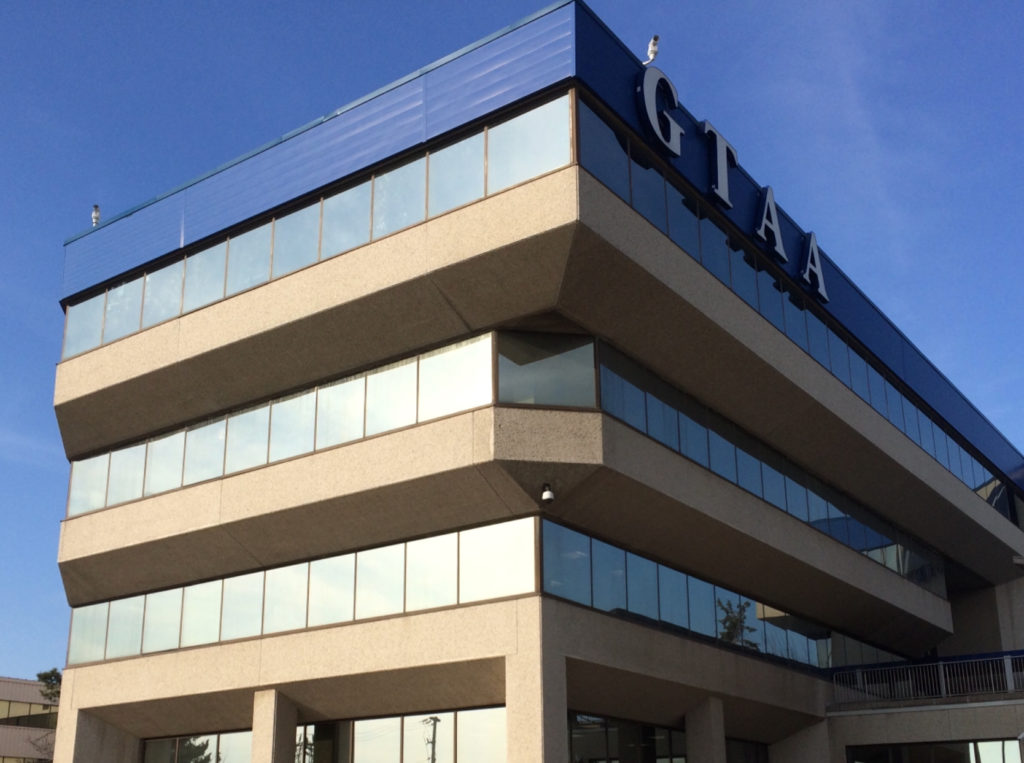MarkBrooks
Active Member
Interesting how some do their best to ignore the inconvenient truth about passenger rail service in Canada. Today, and under every reasonable future scenario it requires a large government subsidy.
Some facts about rail in Canada. The Windsor to Quebec City corridor is VIAs most profitable route, requiring a subsidy of only 16 cents per passenger mile.
It accounts for 4.1 million PAX in 2018 in the Corridor, representing 94% of VIA
passenger traffic.
In 2018 Via sucked back almost $400 million in capital and operating subsidies from the tax payer.
See their annual report here:
https://media.viarail.ca/en/publications
That said, Via has a plan to push that to 12 million riders (8 million more ) by the 2030’s using 3 billion in tax payer dollars to implement high frequency rail. Depending on the phases of the moon, political tides, and how much subsidies VIA can get per passenger mile, to lower a ticket price, somewhere between 3-6 million of those passengers may be diverted from Pearson.
Considering that traffic at Pearson grew by 2.4 million passengers in 2018 ( GTAA annual report), that represents somewhere between 15 to 30 months of air passenger growth.
That said, VIA knows that this is its last gasp chance and is pulling out all the stops. It just got $70 million for the next phase of its HFR study, and from now to 2022 is receiving 1 billion in new rail cars.
Can it convince us tax payers to chip in billions more for a dedicated passenger rail network? Should we chew up thousands of acres of class 1 farmland and thousands more of forestlands for a dedicated passenger rail network?
Every bit helps, but Via was never a factor in the build/no build decision at Pickering. Indeed there is an argument that building Pickering can be a huge boost to Via.
A new feeder station at Pickering airport could feed a million or more passengers into VIAs only real passenger corridor.
Long term, short haul go train passenger rail service makes $$ sense. Long multi hour trips to Montreal dose not, except for tourist willing to pay for a Rocky Mountaineer style gig.

Some facts about rail in Canada. The Windsor to Quebec City corridor is VIAs most profitable route, requiring a subsidy of only 16 cents per passenger mile.
It accounts for 4.1 million PAX in 2018 in the Corridor, representing 94% of VIA
passenger traffic.
In 2018 Via sucked back almost $400 million in capital and operating subsidies from the tax payer.
See their annual report here:
https://media.viarail.ca/en/publications
That said, Via has a plan to push that to 12 million riders (8 million more ) by the 2030’s using 3 billion in tax payer dollars to implement high frequency rail. Depending on the phases of the moon, political tides, and how much subsidies VIA can get per passenger mile, to lower a ticket price, somewhere between 3-6 million of those passengers may be diverted from Pearson.
Considering that traffic at Pearson grew by 2.4 million passengers in 2018 ( GTAA annual report), that represents somewhere between 15 to 30 months of air passenger growth.
That said, VIA knows that this is its last gasp chance and is pulling out all the stops. It just got $70 million for the next phase of its HFR study, and from now to 2022 is receiving 1 billion in new rail cars.
Can it convince us tax payers to chip in billions more for a dedicated passenger rail network? Should we chew up thousands of acres of class 1 farmland and thousands more of forestlands for a dedicated passenger rail network?
Every bit helps, but Via was never a factor in the build/no build decision at Pickering. Indeed there is an argument that building Pickering can be a huge boost to Via.
A new feeder station at Pickering airport could feed a million or more passengers into VIAs only real passenger corridor.
Long term, short haul go train passenger rail service makes $$ sense. Long multi hour trips to Montreal dose not, except for tourist willing to pay for a Rocky Mountaineer style gig.







